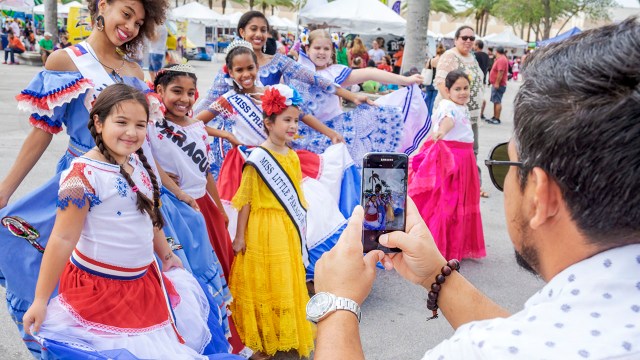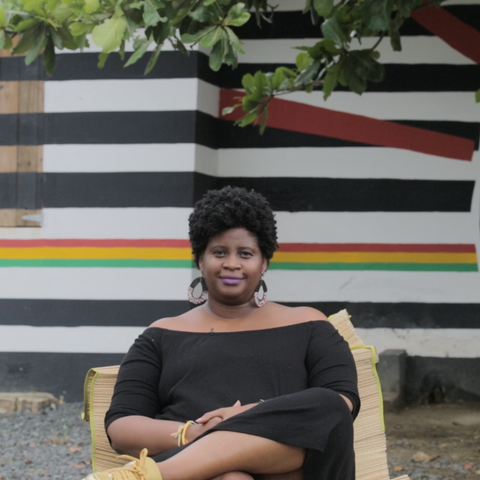Soledad O’Brien Isn’t Holding Back AnymorePosted in Articles, Communications/Media Studies, Latino Studies, Media Archive, Social Justice, United States on 2020-03-06 15:33Z by Steven |
Soledad O’Brien Isn’t Holding Back Anymore
Rolling Stone
2020-03-03
EJ Dickson, Reporter
 After leaving CNN, the veteran journalist started Soledad O’Brien Productions. Leeor Wild for Rolling Stone |
After a new executive pushed her out at CNN, the veteran journalist became one of mainstream media’s most fiery critics
Soledad O’Brien likes to tell a story: Eleven years ago, a senior employee at CNN — “my boss’s boss’s boss” — called her into his office to upbraid her about a comment she had made while promoting her multipart series Black in America. At a panel, O’Brien had said she had interviewed black parents from various socioeconomic backgrounds, all of whom said they had conversations with their sons about how to navigate interactions with police. The superior, who was white, told her this experience was not specific to people of color, and that white parents had this discussion with their sons too. He requested that she stop publicly speaking about young black men and police brutality.
O’Brien was stunned. “I’d spent 18 months working on that doc,” the veteran journalist recalls in the office of her company, Soledad O’Brien Productions. “But the idea that I would come back with something that challenged his belief was just not acceptable.” Nonetheless, she wanted to keep her job, and she knew that speaking out would be career suicide. “I didn’t tell that story,” she says. “Until I was telling it on Twitter.” And once she started telling stories, she found she couldn’t stop.
Read the entire article here.






